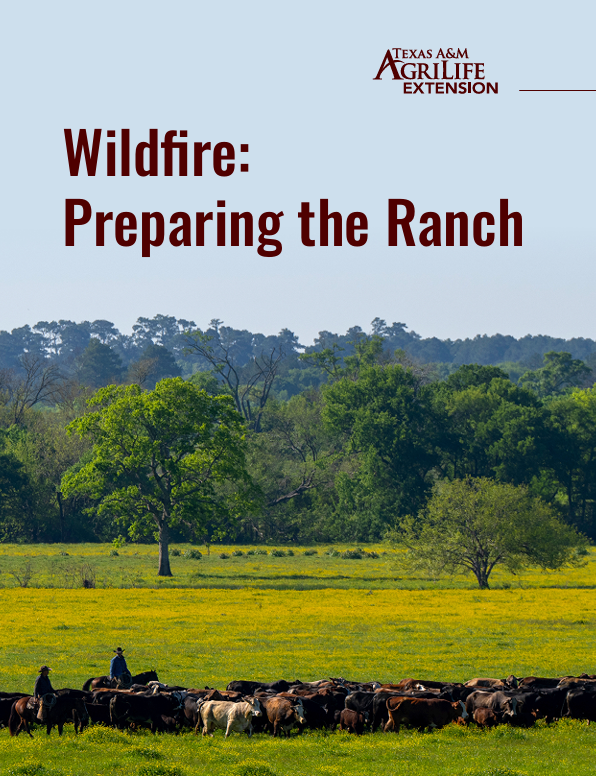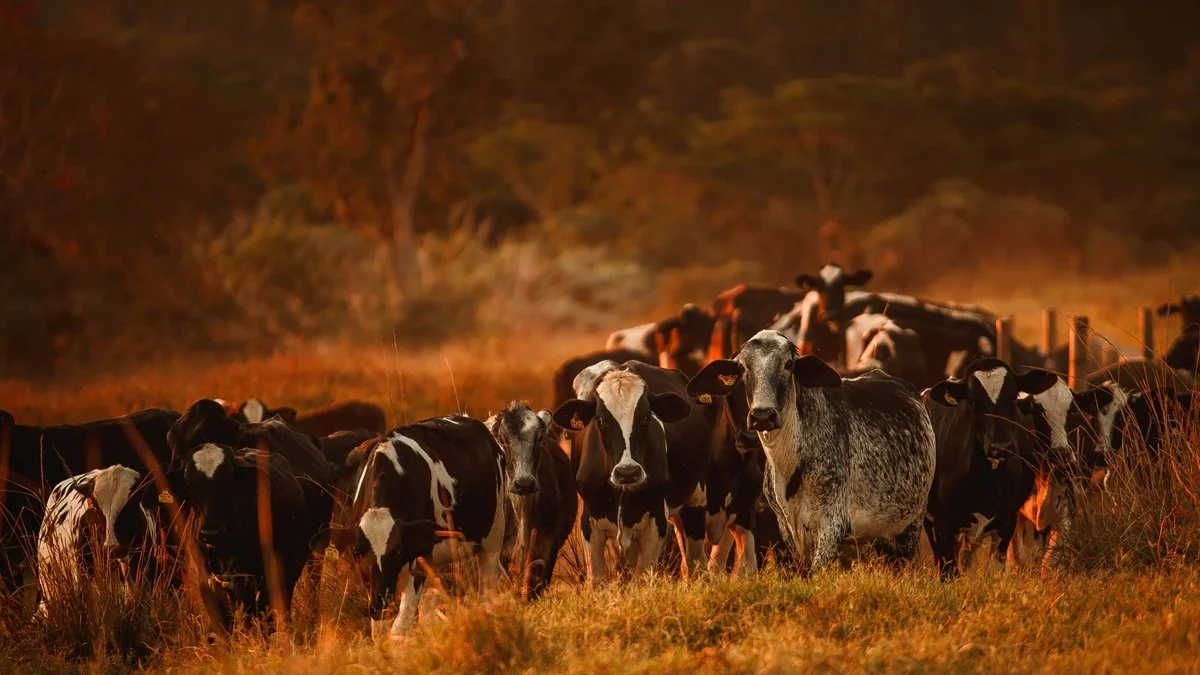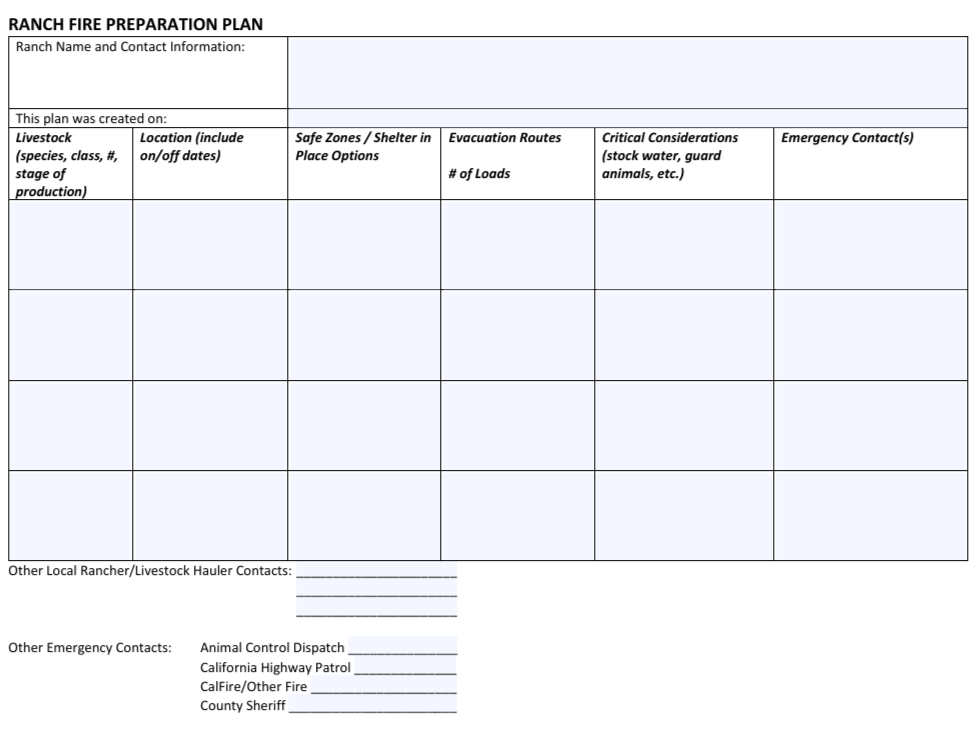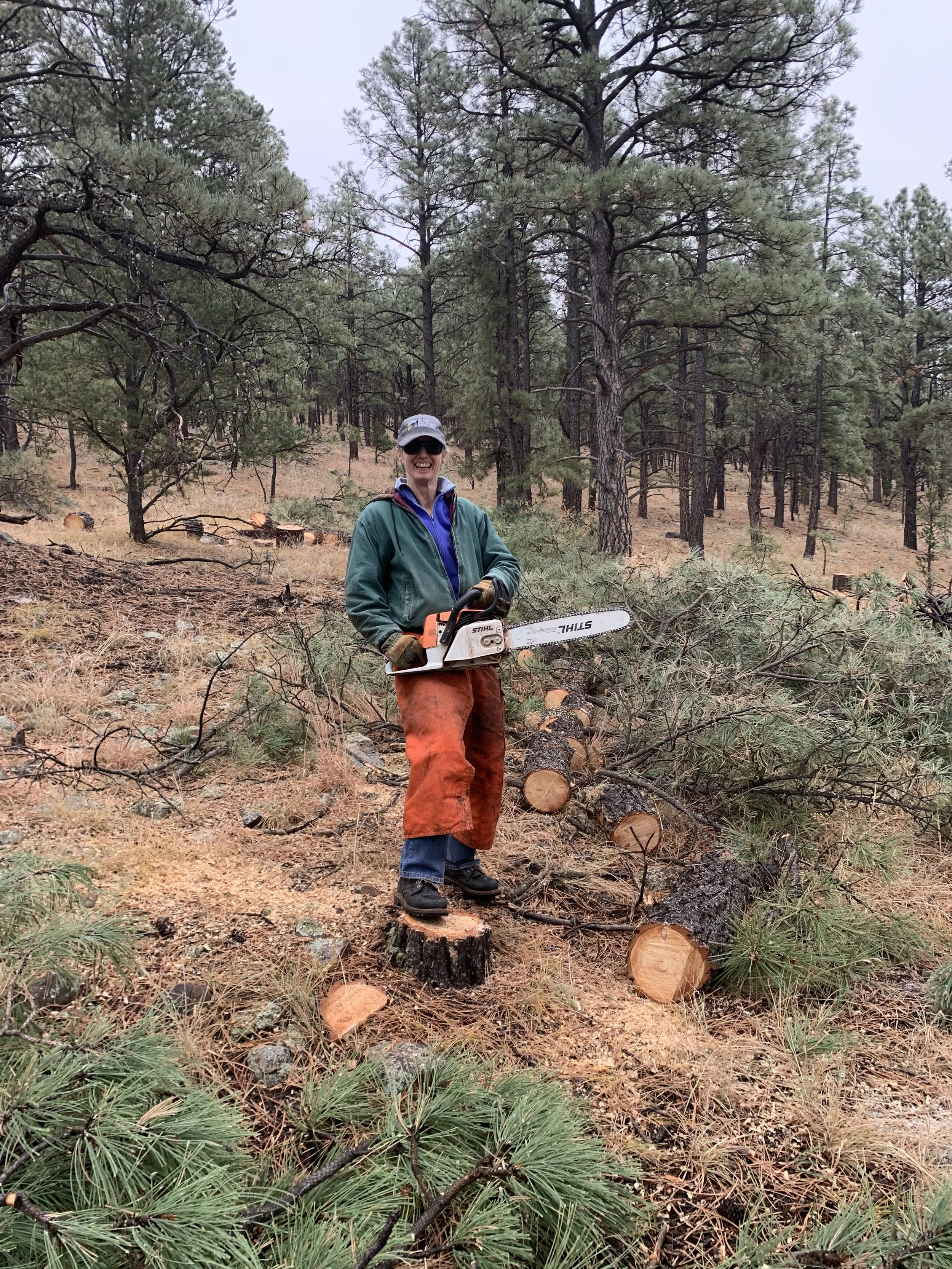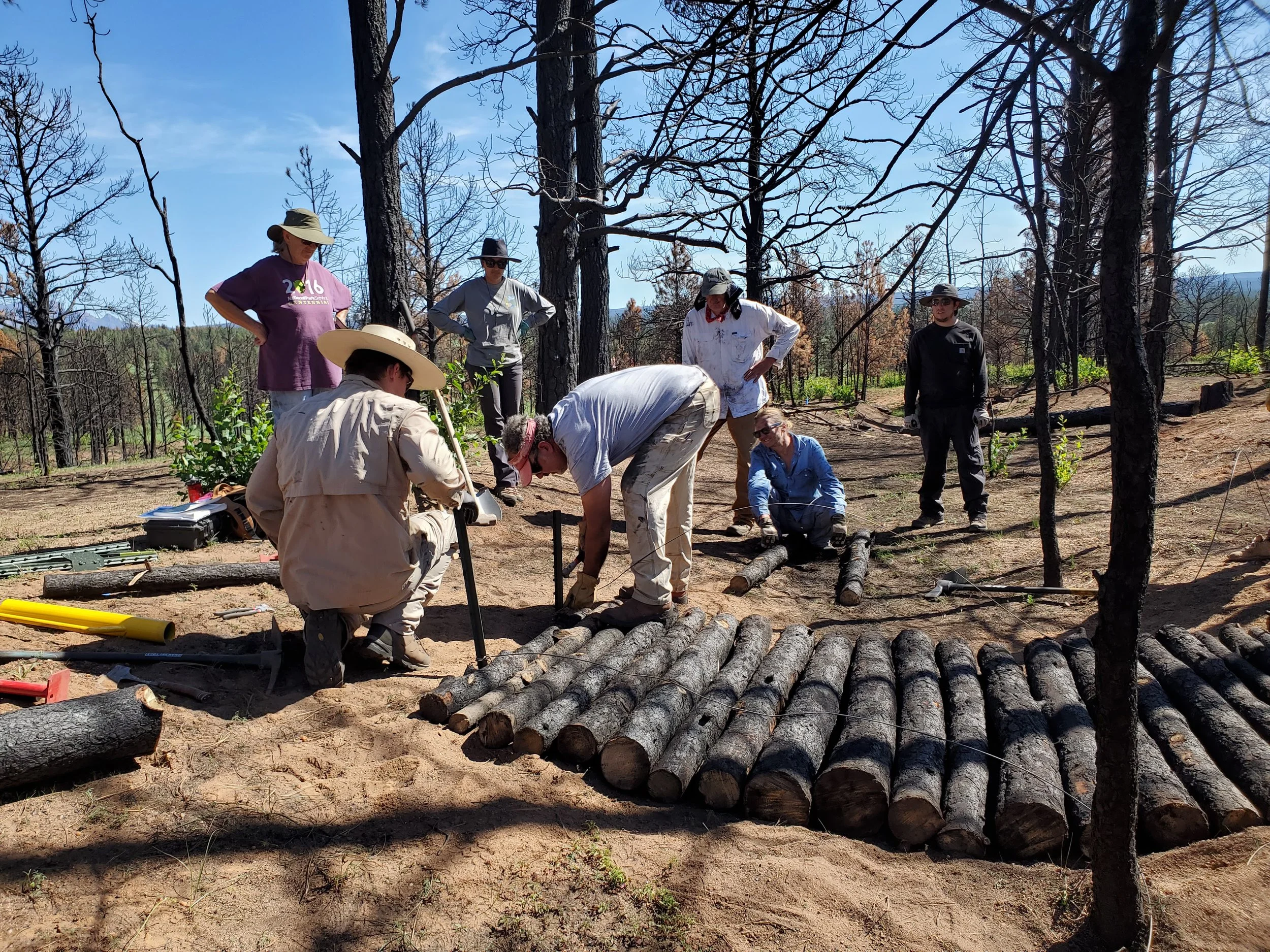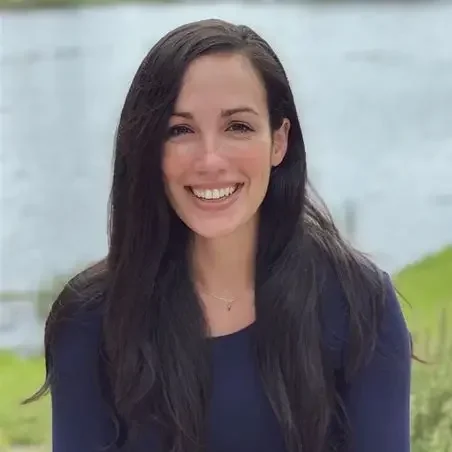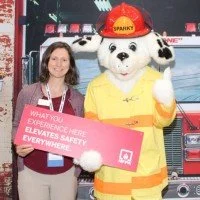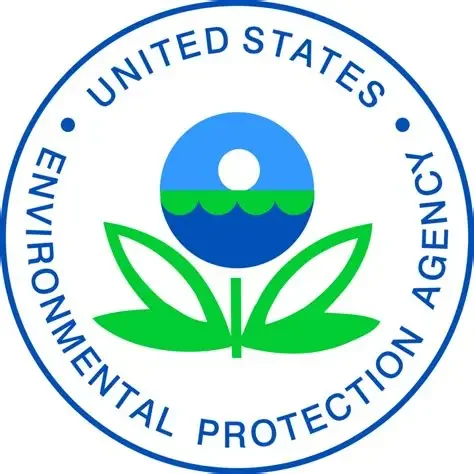Hello my fellow FACNM Network members,
Ranchers and landowners in New Mexico face a constant balancing act, adapting to drought, floods, extreme temperatures, market swings, and now, increasingly severe wildfire seasons. Wildfires can be especially costly and dangerous on working lands, and the risks are different from those in residential areas, requiring unique planning and preparation.
The recent and ongoing Laguna Fire, which claimed livestock and threatened ranches in northern New Mexico, is a reminder of how quickly a moving fire can impact agricultural operations. While adapting to wildfire may feel overwhelming, planning and decision-making before smoke is on the horizon are essential for protecting land, livestock, and livelihoods. The information below is a collection of resources to serve as a starting point to help producers live and ranch more safely with wildfire.
This Wildfire Wednesday features:
Ranch Resiliency Resources
Stay safe,
Megan
Wildfire: Preparing the Ranch
Texas A&M developed a comprehensive educational resource to help agricultural producers and ranchers better prepare for future wildfires. It provides essential knowledge and practical tools focused on wildfire preparedness, including risk management strategies, infrastructure protection, livestock evacuation planning, and a detailed master checklist.
Key tips from the resource include:
When wildfire season begins to approach, implementing a rotation plan that brings the animals closer to headquarters for either flash grazing or potential evacuation can be advantageous. Pre-planned rotation management with specific considerations for herd/fire location are key when having to move quickly and efficiently.
Ranch tours with Volunteer Fire Department members and chiefs can be implemented prior to fire season so that all first responders are aware of cattle rotations, gate locations and pasture accessibility.
It is best to spread hay storage locations across the ranch to reduce the risk of it all burning at once. Some insurance companies will only insure a specific number of hay bales or a total value of hay in a stack, as well as having a required distance between insured haystack locations. Confirm any of these details with an insurance agent for specific policy details, such as tons/rolls of hay in one location.
A more concise resource covering similar topics is this trifold brochure, created by Nationwide in collaboration with the Insurance Institute for Business & Home Safety (IBHS).
Livestock Evacuation
The University of Wyoming Extension, in partnership with Colorado State University Extension and Montana State University Extension, developed a resource on livestock evacuation. It covers key topics such as animal behavior, movement mechanics, hauling considerations, and more. While the material applies to a range of emergency situations, not just wildfires, it is designed to help producers act quickly and effectively when disaster strikes.
“ If livestock cannot reliably be moved to an area where they
would not be impacted for 24–72 hours, then measures should
be taken to move them to the best defensible space available
in a short‑term.”
North Carolina Extension developed a ranch fire preparation plan template that can be used to create a written evacuation strategy. This plan helps outline what steps to take and who to contact in the event of a wildfire. Once completed, it should be shared with key individuals involved in your operation, such as your spouse, business partners, employees, and local agencies, to ensure everyone is informed and prepared.
Fire Recovery Assistance from the USDA
The U.S. Department of Agriculture has multiple agencies that provide financial and/or technical assistance to help farmers, ranchers and rural landowners recover from natural disasters, such as wildfires. Listed on this webpage are USDA agencies and an overview of applicable programs.
Funding for some programs are contingent on the annual enactment of Congressional appropriations legislation.
Highlighted programs:
Livestock Forage Disaster Program: Compensates producers who suffer pasture or forage loss due to drought or who have federally managed grazing leases but are not allowed to graze the lease because of wildfire. Report losses within 30 days.
Emergency Farm Loans: Offer financial support to farmers and ranchers impacted by natural disasters such as drought, flooding, storms, wildfires, earthquakes, and other declared disasters. These loans can be used to restore or replace essential property, cover production costs, pay essential family living expenses, and refinance certain debts.
FACNM Leader Spotlight - Staci Matlock
Staci Matlock serves as the Public Information Specialist at the New Mexico Forest and Watershed Restoration Institute (NMFWRI), based at New Mexico Highlands University in Las Vegas, NM. For over two years, she has been an active leader in our FACNM Network. Through her professional work related to areas such as forest thinning, erosion control, and defensible space, Staci has made significant contributions to the exchange of knowledge and best practices within the Network.
Below, Staci shares some of her experiences and key takeaways from building fire-adapted communities and being part of the FACNM Network.
Q: Describe a life experience that helped shape your dedication and/or passion for your current work in building fire adapted communities.
A: The first home burned in the Hermit’s Peak fire belonged to a friend and colleague. By the time the Hermit’s Peak joined with Calf Canyon and swept across the landscape, it had burned the homes of four of my fellow volunteer firefighters with the Sapello-Rociada-San Ignacio fire district. While I spent decades covering fire, forests and public lands as a reporter, this devastating fire was the most up close and personal. It was followed a year later by Las Tusas fire, which came within ¼ mile of my mom’s house. Both drove home the need to prepare forests and communities for frequent and larger fires.
Q: When you think about your work in wildfire preparedness, what is your vision for your community?
A: In my role with NMFWRI, I understand the need for returning beneficial fire to our historically fire-adapted forests. Seeing the devastation from catastrophic wildfires firsthand drives my desire to help communities adapt to living with fire and help restore beneficial fire to the landscape.
Q: What are one or two projects, partnerships, or efforts you’re especially proud of?
A: NMFWRI has many excellent partners at the local and state level. New ones developed and strengthened during the HPCC fire, such as those with landowners and the local soil and water conservation district along with the Wildfire Resiliency Training Center at Luna CC. The land restoration and structural ignition workshops coordinated by my colleague Shantini Ramakrishnan and the “Querencia in Action” landowner guides we are publishing are helping promote pre- and post-fire work in communities.
Q: What challenges or barriers have you faced in your work, and how have you worked through them?
A: It can be challenging to promote fire mitigation and beneficial fire in an area that has already been impacted by a major wildfire and to people who either don’t have the resources to do mitigation work or are second home and absentee owners who aren’t vested in doing the work.
Q: What advice would you give to someone stepping into a similar role or just beginning this work?
A: Find a small, like minded group to start with and build from there. And definitely involve local volunteer fire departments in events, trainings, and outreach for fire-adaption/mitigation.
Upcoming Events and Additional Resources
FACNM Webinar
Firewise & Fire Adapted Communities (FAC): Nesting Programs to Advance Wildfire Work -Thursday, August 21, 12:00 - 1:00 PM MDT
Join FACNM for an insightful webinar featuring the Director of the National Fire Adapted Communities Network and the Program Manager of Firewise USA®. Together, they will introduce the FAC framework and provide an overview of the Firewise USA® program. Learn how these two initiatives complement each other in helping communities build wildfire resilience. The session will also include valuable resources both FAC and Firewise offer to support your community’s wildfire preparedness efforts.
Emily Troisi, Fire Adapted Communities Director
Megan Fitzgerald-McGowan, Firewise USA Program Manager
The Community Foundation of Southern NM is raising funds to help residents impacted by wildfire and post-fire effects in Lincoln and Otero. This fund will provide financial resources to support the immediate and long-term recovery needs for the people, animals, and places effected by the devastating fires and floods in Ruidoso and across Southern New Mexico.
BLM Fire History & Fuels Reduction Projects
Ever wonder what the cause of a particular fire on BLM-managed public lands was officially determined to be? Curious about what BLM fuels reduction projects have been done in your area, or what projects are planned? Are you interested in seeing real examples of fuels work lessening the impact of subsequent wildfires?
Good news: there’s a brand-new app for that! This public-facing interactive web application offers three different maps and information sets. It brings publicly available data together into a user-friendly format that is a terrific tool both for the pros and for the public.
Check out this new tool and share it with your networks!
Webinar
Breathing Easier: Protecting Children With Asthma From Wildfire Smoke - Wednesday, Augst 13, 11:00 - 12:30 AM MDT
This webinar will explore the intersection of wildfire smoke exposure and childhood asthma. Expert speakers, from EPA’s National Environmental Leadership Award in Asthma Management winners and wildfire smoke grant program recipients, will share best practices, community-engagement strategies, and innovative approaches to integrating wildfire smoke readiness into asthma control efforts.
